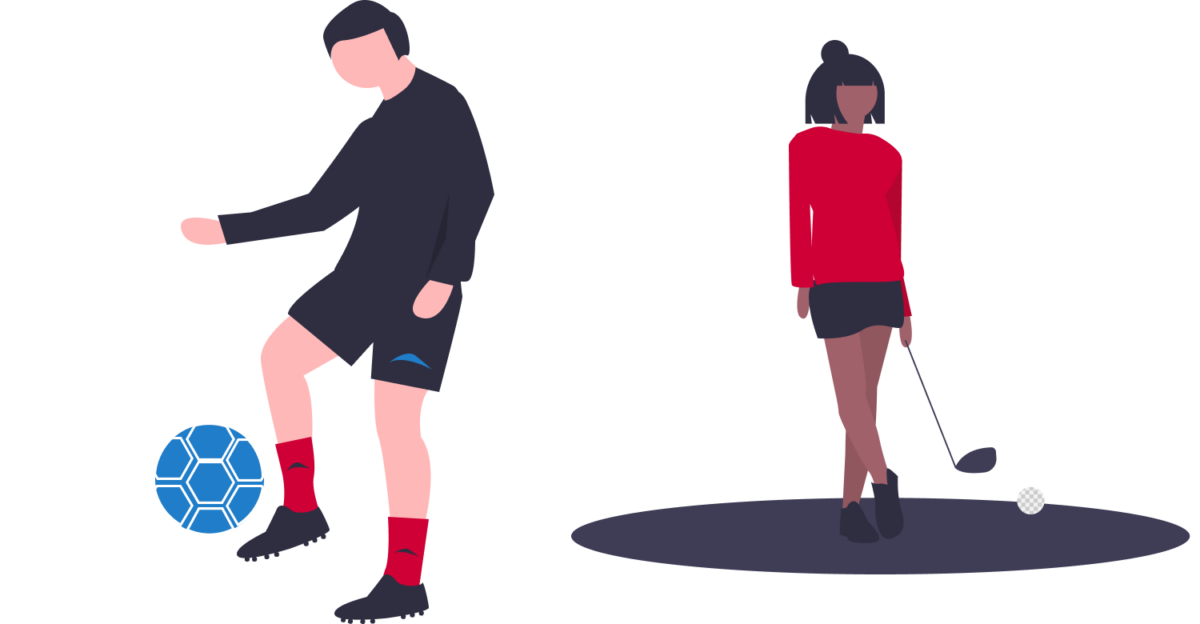In recent years, more young athletes are suffering from cardiac arrest. We generally associate heart problems with older people in poor health, not athletes in the prime of their lives. So, why do young athletes have cardiac arrest, and why does it seem so common all of a sudden?
In 2023, Bronny James (age 19), son of LA Lakers’ Lebron James, collapsed on the court, and Buffalo Bills’ safety Damar Hamlin, (age 24) collapsed on the field after a tackle — both having suffered cardiac arrest.
The two high-profile cases understandably garnered attention from the media and the public — especially from coaches and parents of young athletes. The incidents generated concern on a number of levels and raised the question of how safe sports really are for the young people in their charge.
Why Do Young Athletes Have Cardiac Arrest?
The most important thing to know about sudden cardiac arrest in athletes is that it’s rare. Studies show that only between 1 in 40,000 and 1 and 80,000 young athletes die from it every year. So, while two high-profile cases in the same year may give the impression that it’s a prevalent issue, it is, in fact, uncommon and unlikely to happen to just any athlete.
That being said, those working with young athletes should still be aware of the risks and signs of sudden cardiac arrest. According to Mayo Clinic, certain conditions increase the likelihood of cardiac arrest in athletes, including:
- Hypertrophic cardiomyopathy. This is a genetic condition that causes a thickening of the heart muscles and is the most common cause of cardiac arrest in athletes.
- Blunt-force trauma to the chest. Sudden, forceful blows to the chest can cause the heart to stop, a condition known as commotio cordis. This is what happened to Damar Hamlin.
- Congenital heart defects. These are abnormalities in the heart’s blood vessels or electrical flow that are present from birth. Subsequent to his hospitalization, sources say doctors had diagnosed Bronny James with this kind of heart defect.
While one of these conditions won’t guarantee an athlete will experience sudden cardiac arrest, it can increase the risk of experiencing one. As such, young people with these conditions should be cautious.
Is Cardiac Arrest in Young Athletes Increasing by Year?
Due to James’s and Hamlin’s unexpected cardiac arrests, many people are asking, “Is the risk of cardiac arrest in young athletes on the rise?”

Fortunately, the evidence suggests otherwise. Between 2002 and 2022, NCAA data reveals that sudden cardiac death among athletes has actually decreased by a whopping 29% every five years.
The perception that incidences of cardiac arrest are on the rise is likely due to the availability heuristic, a cognitive rule of thumb that can distort our perception of reality.
For example, because Hamlin and James have been in the news for their respective cardiac arrests, we naturally assume it must be on the rise.
What Are the Early Warning Signs of Cardiac Arrest In Young Athletes?
According to University Hospitals, if an athlete gets dizzy, passes out, is inordinately tired, or experiences chest tightness, he or she should stop and rest immediately and be carefully monitored. Additionally, knowing whether a person has a family history of heart problems can help identify at-risk athletes.
Unfortunately, screening for at-risk athletes is a complex process that has yet to be proven to be effective, so it’s essential that anyone working with or around athletes knows CPR in the event that cardiac arrest occurs.
How Can We Prevent Cardiac Arrest in Young Athletes?
Certain public spaces are required by law to have on-site automated external defibrillators (AEDs). For young athletes specifically, all sports facilities should make sure to have a visible AED on site, and everyone working with the athletes — and, ideally, even the athletes themselves! — should know how to administer CPR.
We know getting your whole team trained can be a long and headache-inducing process. That’s why at ProTrainings, we offer online and blended CPR courses that work with all lifestyles and schedules.
Contact us today to learn more about how ProTrainings can help you make getting your team CPR certified easier and more efficient.
